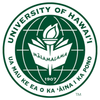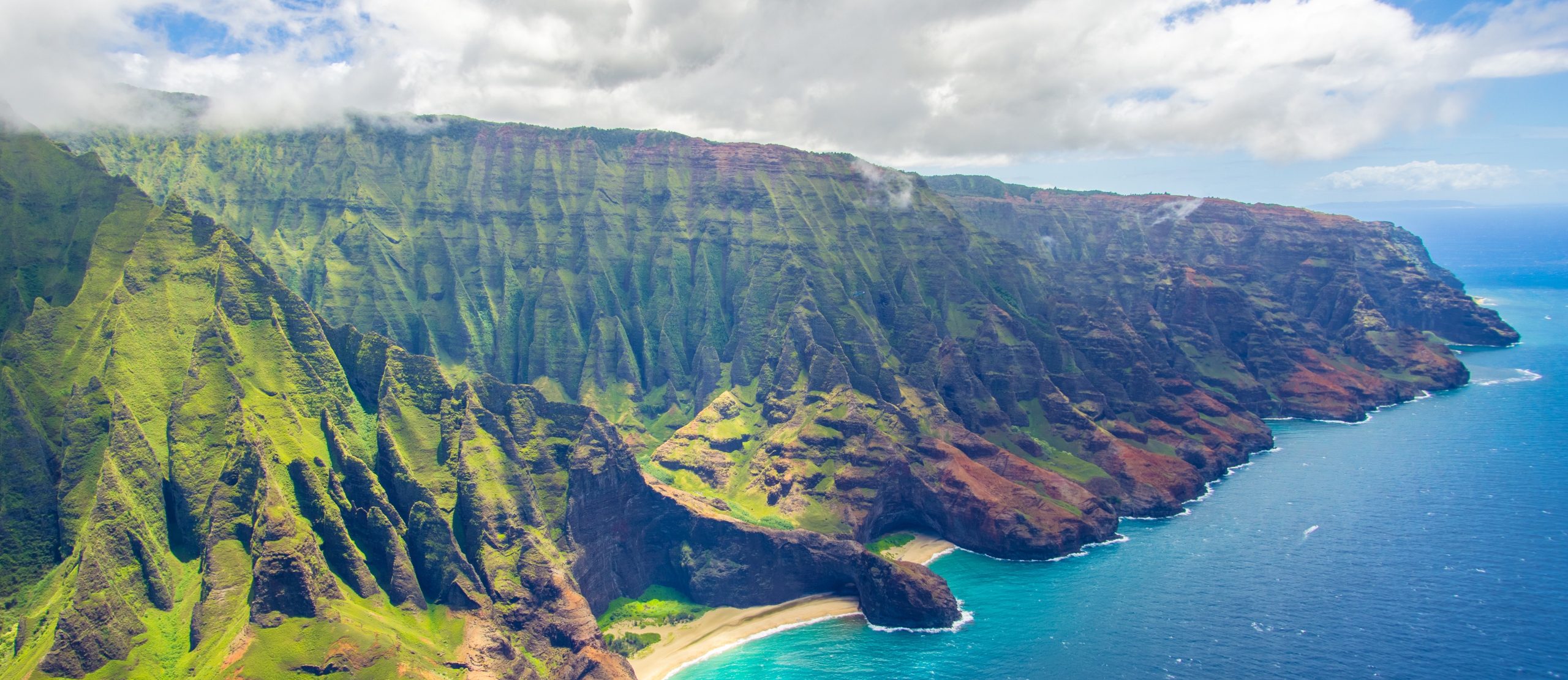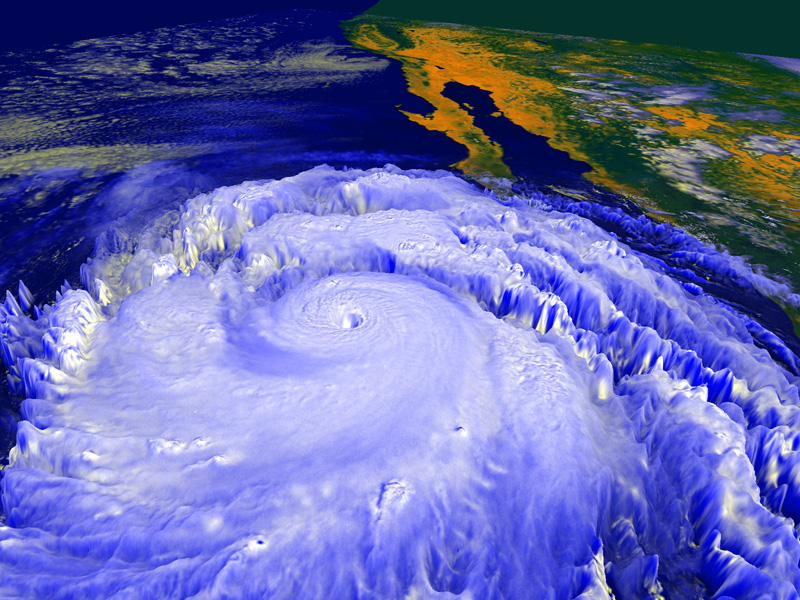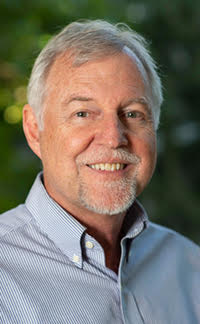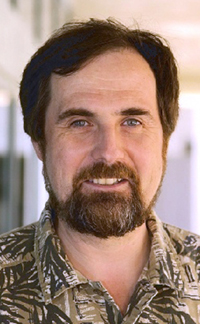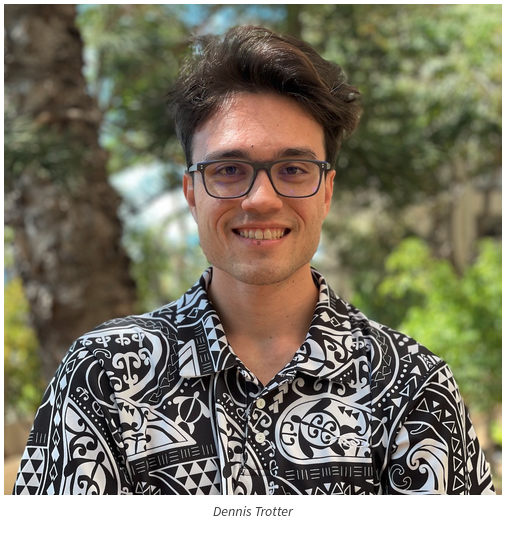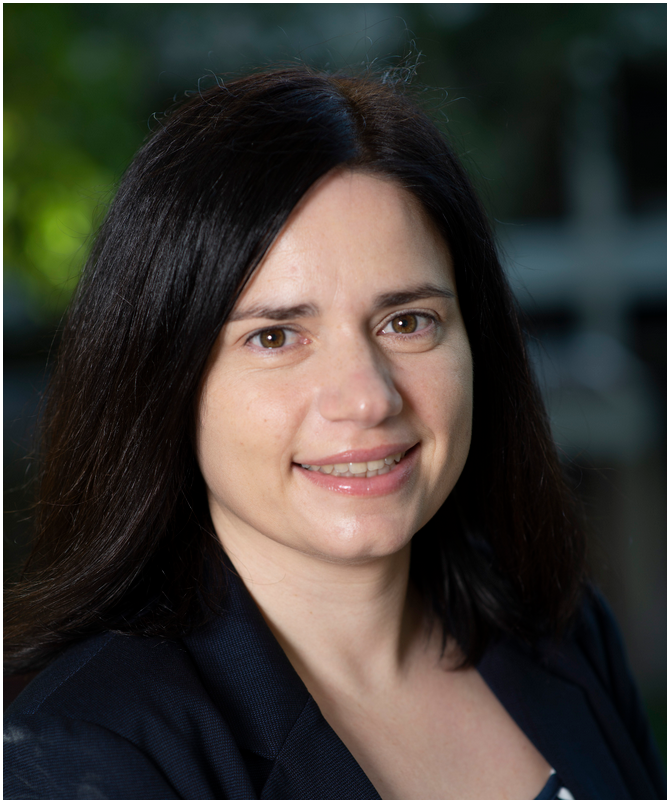Presented on November 15, 2023, by
Pao-Shin Chu, PhD
Professor of Atmospheric Sciences
School of Ocean and Earth Sciences
University of Hawaii at Manoa
ABSTRACT
Intense tropical cyclones (TCs), which often peak in autumn, have destructive impacts on life and property, making it crucial to determine whether any changes in intense TCs are likely to occur. Since the 1980s there has been a significant seasonal advance of intense TCs in most tropical oceans, with an earlier shifting rate of 3 to 4 days in each passing decade for both the Northern and Southern Hemispheres. This seasonal advance of intense TCs is closely related to the seasonal advance of rapid intensification (RI) events, bolstered by the observed earlier onset of favorable oceanic conditions. Using simulations from multiple global climate models, large ensembles, and individual forcing experiments, the earlier onset of favorable oceanic conditions is detectable and primarily driven by greenhouse gas forcing. The seasonal advance of intense TCs will increase the likelihood of intersecting with other extreme rainfall events, which usually peak in summer, thereby leading to disproportionate impacts.
